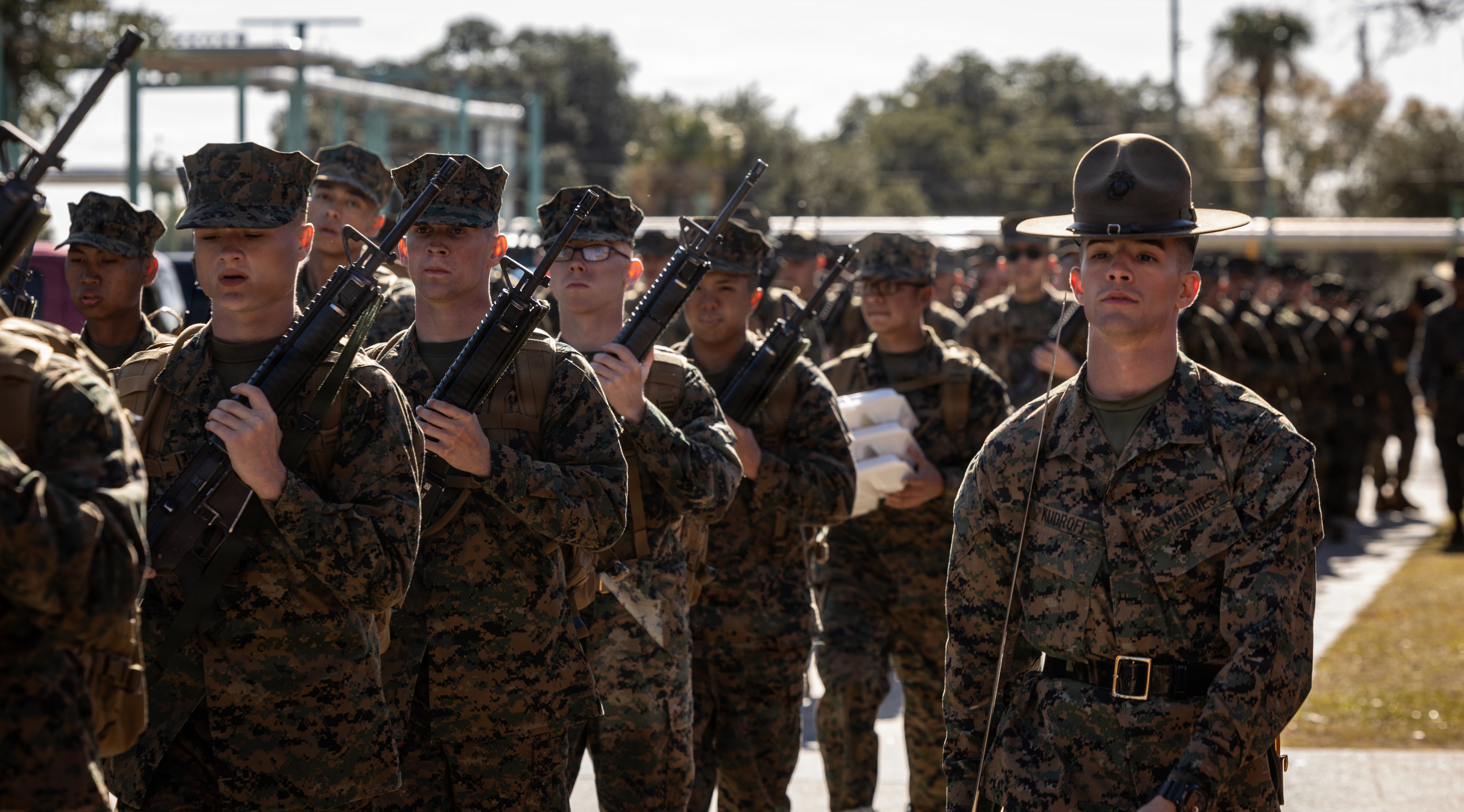The American Red Cross will close two of its four emergency communications call sites in May in an effort to streamline and improve its emergency communications services for service members and their families, officials said.
The organization is also developing a self-service Internet-based option that will allow troops and their families to request an emergency message and to track their message online, said Peter Macias, spokesman for the American Red Cross' Service to the Armed Forces.
The Red Cross emergency hotline, 877-272-7337, will still be available for anyone who wants to talk to a Red Cross worker about their situation, he said.
The military community will not see any noticeable change in service during the transition, and will see an improvement in services as the consolidation is completed and new services are brought online, Macias said.
"Military families anywhere in the country can continue to depend on the Red Cross to relay urgent messages to service members serving anywhere in the world," he said.
"Centralizing call center operations will allow the Red Cross to be more efficient and to reinvest the savings into our services, so we can help greater numbers of military members and their families," Macias said.
Starting May 8, call center services will be handled through the remaining centers at Fort Sill, Oklahoma, and Louisville, Kentucky.
When the other two centers in San Diego and in Springfield, Massachusetts, shut down, 38 staff members will lose their jobs.
Officials will add 49 positions combined at Fort Sill and Louisville, but there will no net increase in full-time staff, Macias said.
The Red Cross chapters in San Diego and Springfield will continue to provide services for local military families in those areas, as well as local disaster response, preparedness and first aid classes.
For more than a century, the Red Cross has served as a communications medium between far-flung service members and their families back home.
It is the only organization that the Defense Department relies on to obtain complete, accurate and verified reports of family situations for troops and their commanders. For example, the Red Cross gets calls about family members who have been seriously injured in accidents or have died.
With today's technology, family members often can communicate on their own almost instantly with service members, so it's a far cry from the days when the Red Cross was the only emergency conduit.
But Red Cross caseworkers continue to act as a neutral verifying source. They send the information to the service member's commander, to help the commander make decisions on any related actions, such as emergency leave. The Red Cross is also available to the family in the crisis, helping them with needs such as emergency financial assistance or emergency transportation.
The new self-service, online platform is expected to launch this summer, Macias said. Families will be able to go to the Red Cross website and choose the self-service option where they enter information into a secure portal. Red Cross specialists will verify the crisis and generate an emergency message to the service member's command.
Families also will be able to track their emergency message.
"It means engaging people where they live — which is online," said Kathy Moakler, director of government relations for the National Military Family Association. "They may want to Google and find the Red Cross and register their request, rather than picking up the phone to call. Younger people may want to talk to people online."
Macias said it costs about $8 million to operate the call centers each year, adding that savings will come from reducing the back-office costs of running four call centers instead of two.
He didn't specify how much money will be saved, but said the savings will be reinvested back into direct services to military members and their families.
For fiscal 2015, DoD is providing $24 million in taxpayer dollars to the American Red Cross for services to the military. Besides emergency communications services, Macias said, the funding is used for theater support to deployed troops, and installation- and community-based services for military, their families and veterans.
The number of emergency communications messages have been decreasing, from 104,000 in fiscal 2011 to 85,000 in fiscal 2014. In 2005, the figure was 187,000.
"There has been a steady reduction in U.S. military personnel serving in combat areas over the past several years, which has a direct impact on the number of emergency communication messages being initiated and delivered," Macias said.
However, he noted, the Red Cross continues to support members stationed on domestic and overseas installations, as well as National Guard and reserve members.
Karen has covered military families, quality of life and consumer issues for Military Times for more than 30 years, and is co-author of a chapter on media coverage of military families in the book "A Battle Plan for Supporting Military Families." She previously worked for newspapers in Guam, Norfolk, Jacksonville, Fla., and Athens, Ga.





